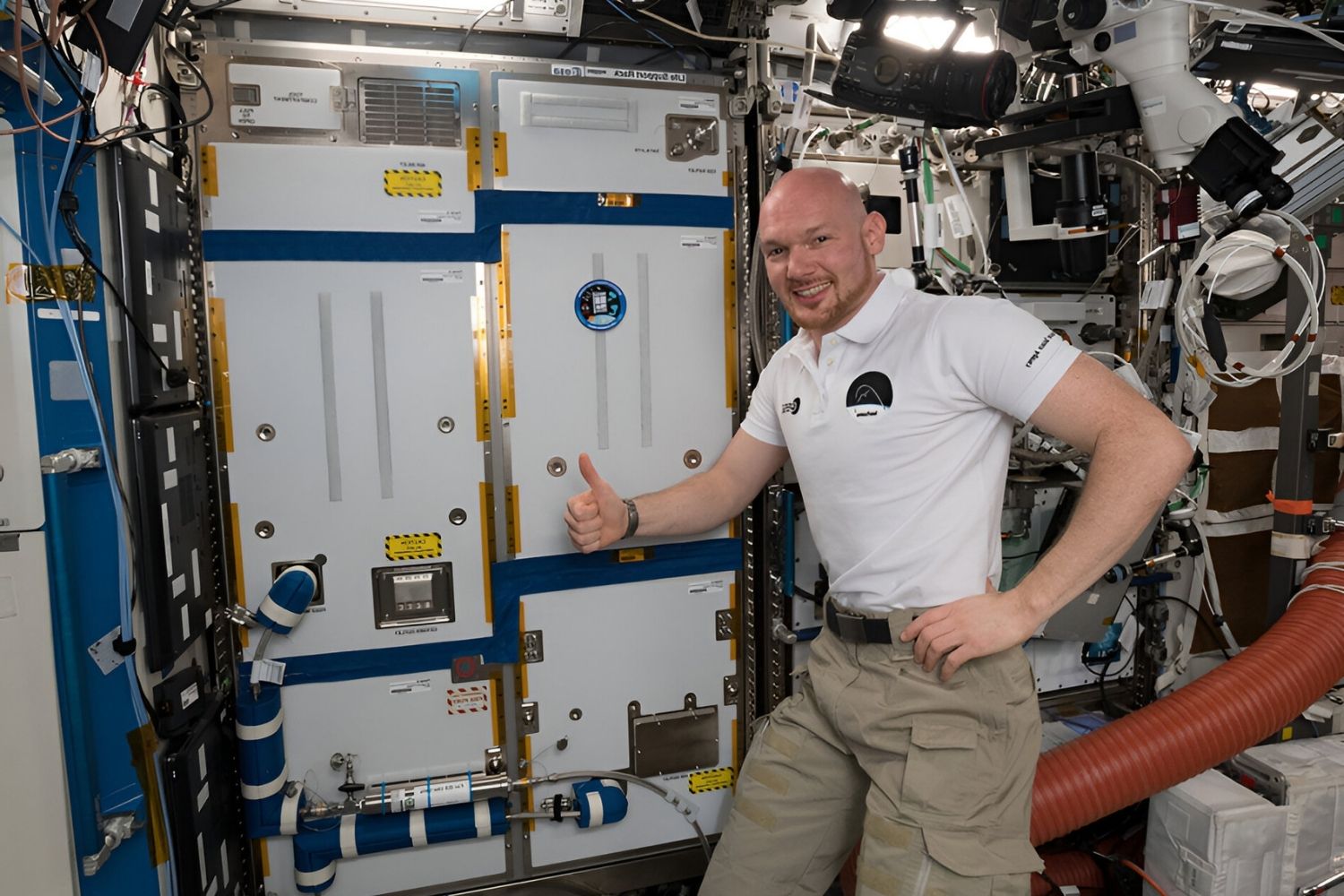
Life support systems are crucial for sustaining human life in extreme environments like space or underwater. These systems provide essential elements such as oxygen, water, and temperature control, ensuring survival where natural conditions are inhospitable. Did you know that the first life support system used in space was aboard the Soviet Vostok spacecraft in 1961? These systems have evolved significantly since then, incorporating advanced technology to monitor and adjust environmental conditions in real-time. Understanding life support systems can help us appreciate the complexities of human survival in space and other extreme environments. Ready to dive into some fascinating facts about these life-saving technologies? Let's get started!
Key Takeaways:
- Life support systems provide essential resources like oxygen, water, and food in inhospitable environments, ensuring the survival and comfort of humans in space, submarines, and medical facilities.
- Advancements in technology are shaping the future of life support systems, with closed-loop systems, AI integration, bioregenerative systems, and portable solutions offering more efficient and sustainable support for human life.
What Are Life Support Systems?
Life support systems are crucial for sustaining human life in environments where basic needs like air, water, and food are not naturally available. These systems are used in various settings, including space missions, submarines, and medical facilities.
- Life support systems provide essential resources like oxygen, water, and food to individuals in inhospitable environments.
- They regulate temperature and humidity to ensure a comfortable and safe living condition.
- Waste management is a key function of life support systems, handling human waste and other byproducts.
- They monitor and control air quality by removing carbon dioxide and other harmful gases.
Life Support Systems in Space
Space missions rely heavily on life support systems to keep astronauts alive and healthy. These systems are designed to function in the vacuum of space and the microgravity environment of spacecraft.
- NASA's Environmental Control and Life Support System (ECLSS) is used on the International Space Station (ISS) to provide air, water, and temperature control.
- The ISS recycles water from urine, sweat, and other sources to provide clean drinking water for astronauts.
- Oxygen is generated on the ISS through a process called electrolysis, which splits water molecules into hydrogen and oxygen.
- Carbon dioxide removal is critical in space, and the ISS uses a system called the Carbon Dioxide Removal Assembly (CDRA) to scrub CO2 from the air.
Life Support Systems in Submarines
Submarines operate underwater for extended periods, requiring robust life support systems to maintain a habitable environment for the crew.
- Submarines generate oxygen through electrolysis, similar to space missions, to ensure a continuous supply of breathable air.
- Carbon dioxide is removed using chemical scrubbers that absorb CO2 from the air.
- Water is produced onboard submarines through desalination, converting seawater into fresh water.
- Temperature and humidity control are essential to prevent condensation and maintain comfort.
Medical Life Support Systems
In medical settings, life support systems are used to sustain patients who cannot maintain essential bodily functions on their own.
- Ventilators assist with breathing by providing mechanical ventilation to patients with respiratory failure.
- Dialysis machines filter blood for patients with kidney failure, removing waste products and excess fluids.
- Extracorporeal Membrane Oxygenation (ECMO) provides cardiac and respiratory support to patients with severe heart and lung conditions.
- Intravenous (IV) therapy delivers essential nutrients and medications directly into the bloodstream.
Future of Life Support Systems
Advancements in technology continue to improve the efficiency and capabilities of life support systems, making them more reliable and sustainable.
- Closed-loop life support systems aim to recycle all resources, minimizing waste and reducing the need for resupply.
- Artificial intelligence (AI) is being integrated into life support systems to enhance monitoring and control, ensuring optimal performance.
- Bioregenerative life support systems use plants and microorganisms to recycle air and water, creating a self-sustaining environment.
- Portable life support systems are being developed for use in extreme environments on Earth, such as deep-sea exploration and high-altitude expeditions.
The Vital Role of Life Support Systems
Life support systems are crucial for sustaining life in extreme environments. They provide essential elements like oxygen, water, and temperature control. These systems are used in space missions, submarines, and hospitals. Without them, humans couldn't survive in these harsh conditions.
Understanding how life support systems work helps us appreciate the technology that keeps astronauts safe in space or patients stable in critical care. These systems are a blend of engineering, biology, and medicine. They ensure that we can explore new frontiers and save lives on Earth.
Next time you hear about a space mission or visit a hospital, think about the life support systems working behind the scenes. They are silent heroes, making the impossible possible. Their importance can't be overstated, and their innovation continues to push the boundaries of human capability.
Frequently Asked Questions
Was this page helpful?
Our commitment to delivering trustworthy and engaging content is at the heart of what we do. Each fact on our site is contributed by real users like you, bringing a wealth of diverse insights and information. To ensure the highest standards of accuracy and reliability, our dedicated editors meticulously review each submission. This process guarantees that the facts we share are not only fascinating but also credible. Trust in our commitment to quality and authenticity as you explore and learn with us.
